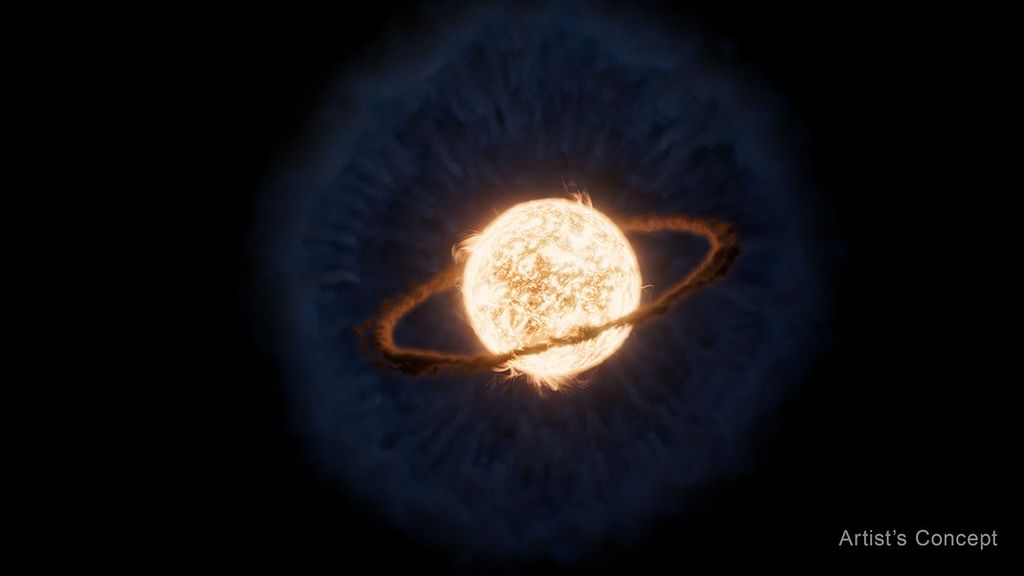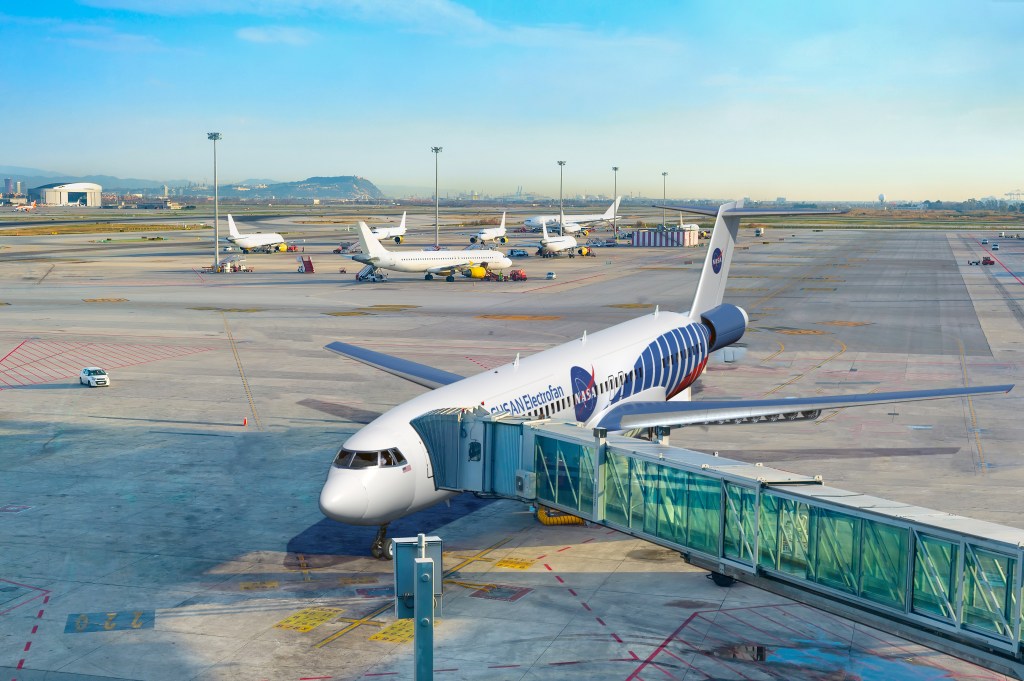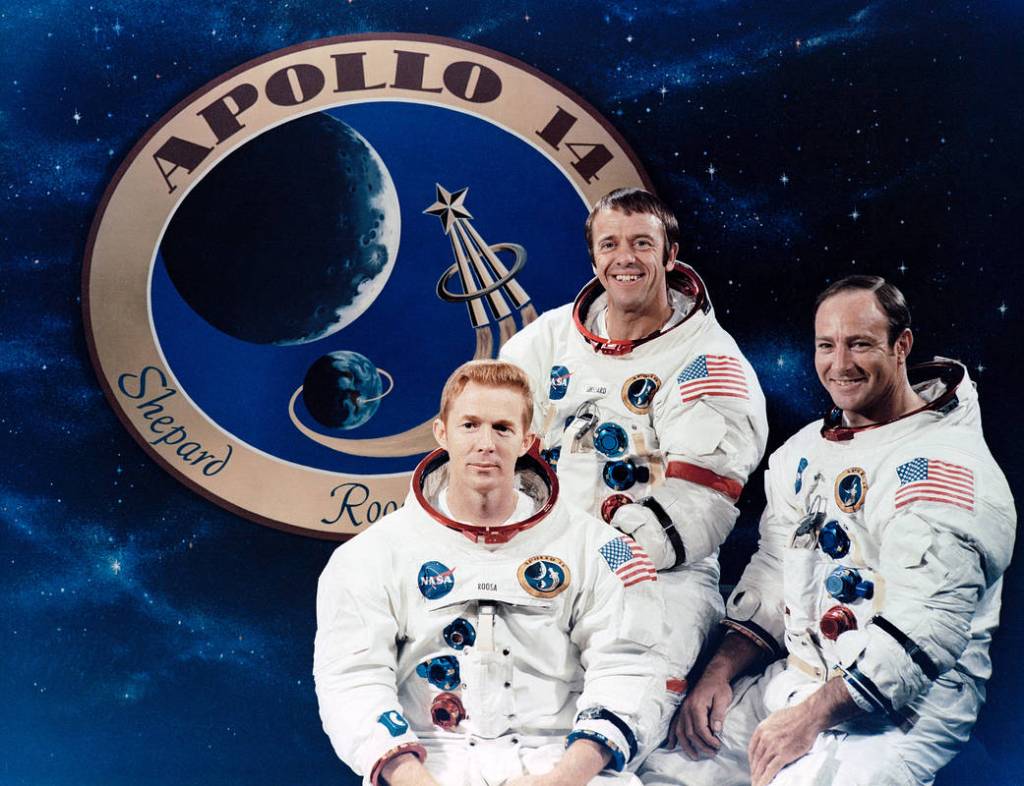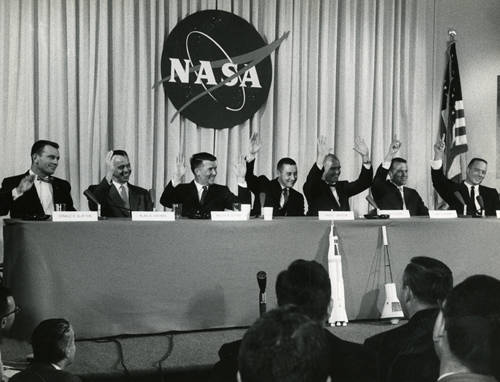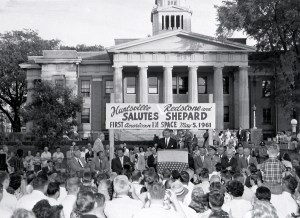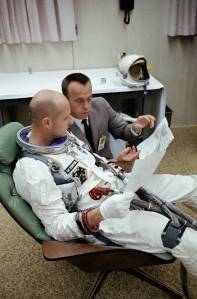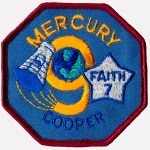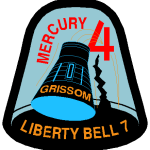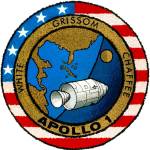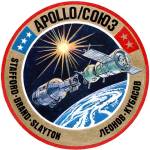Alan B. Shepard, Jr.
On May 5, 1961, in the Freedom 7 spacecraft, he was launched by a Redstone vehicle on a ballistic trajectory suborbital flight—a flight which carried him to an altitude of 116 statute miles and to a landing point 302 statute miles down the Atlantic Missile Range.
Quick Facts
Biography
Alan B. Shepard, Jr.
Learn more about Astronaut Alan Shepard, including when he was selected by NASA to be an astronaut, his flight experience, education, background and more.
Learn More about Alan B. Shepard, Jr.
More About Alan Shepard
Alan Shephard
The Mercury Seven
On October 7, 1958, shortly after NASA opened for business, it announced its first major undertaking, Project Mercury. The objectives were threefold: to place a human spacecraft into orbital flight around Earth, observe human performance in such conditions, and recover the human and the spacecraft safely. In January 1959, the committee received and screened 508 service records of a group of talented test pilots, of which seven were ultimately chosen.
Learn More about The Mercury Seven



